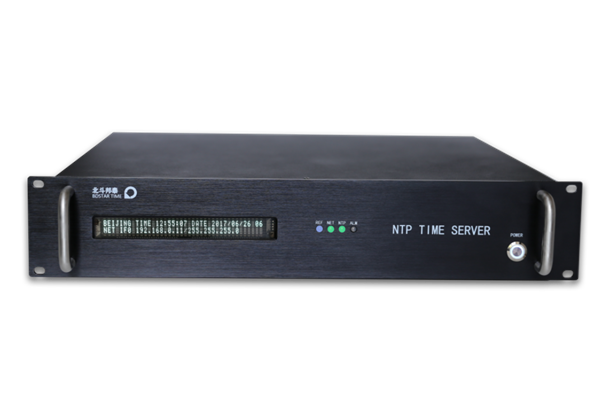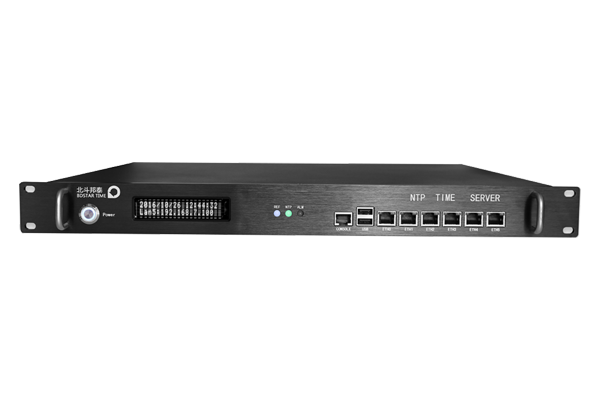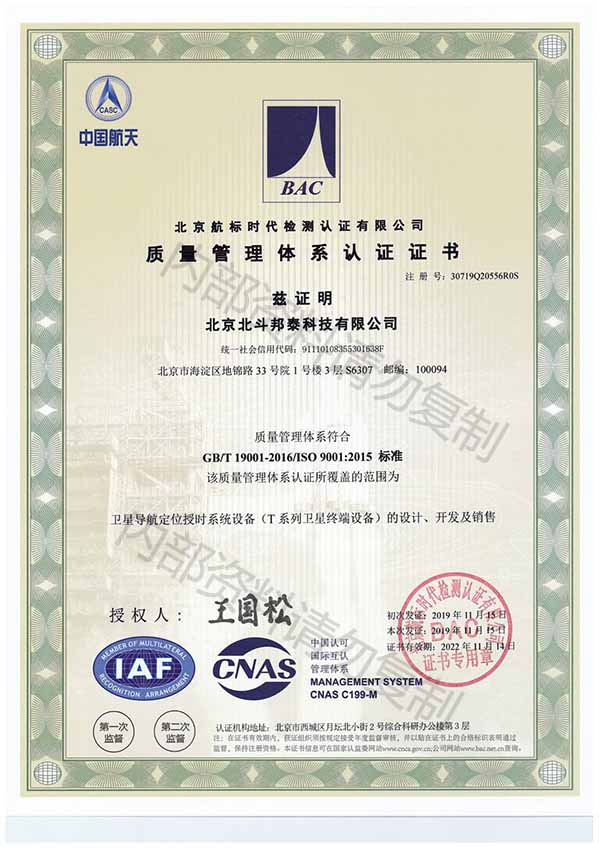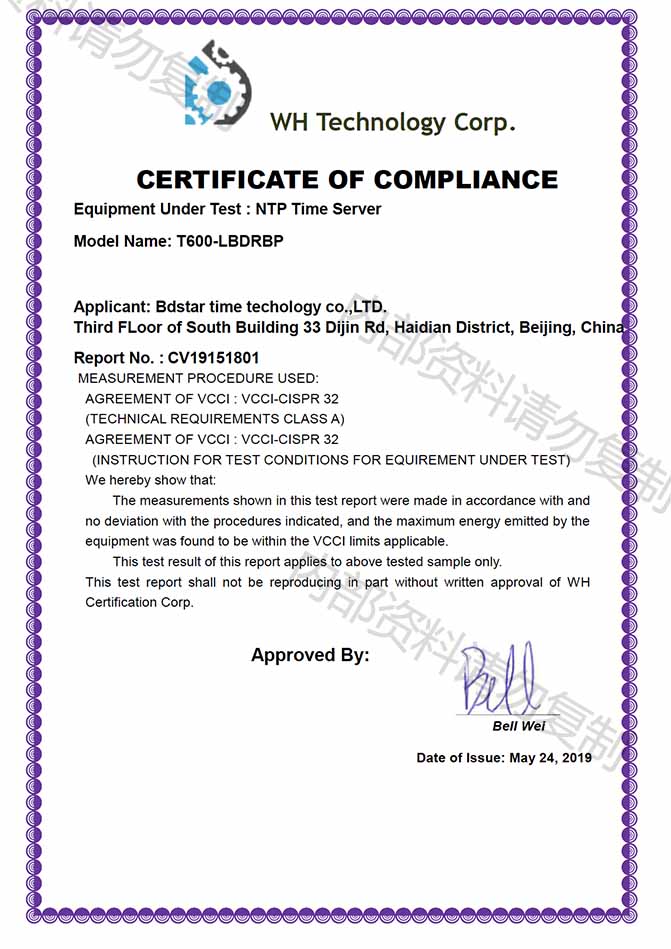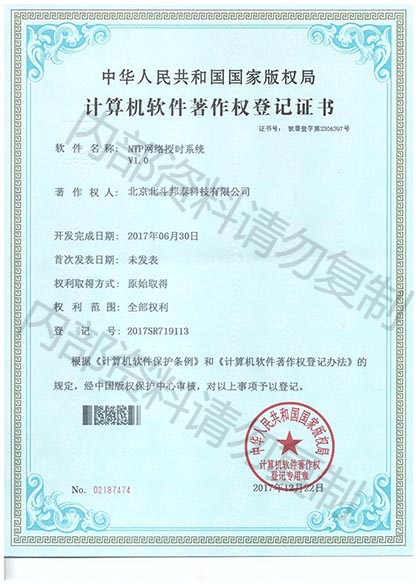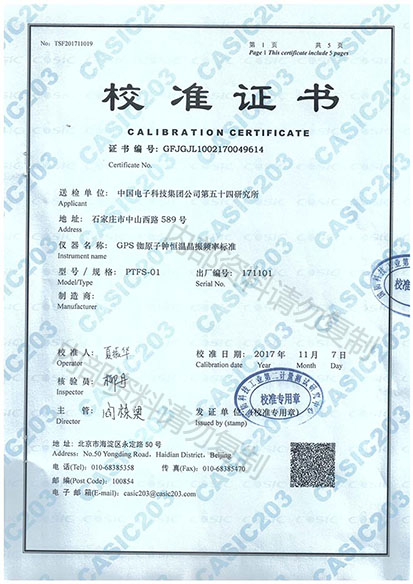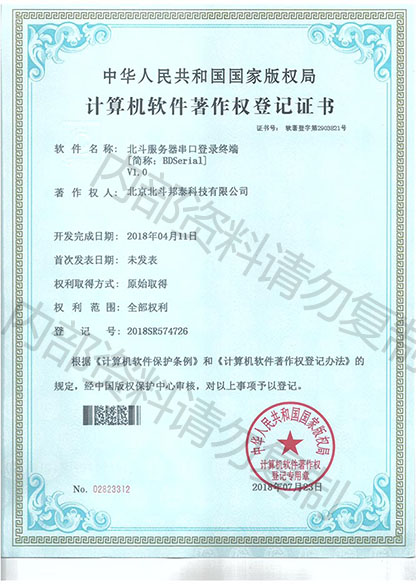home >> Precision laboratory frequency >> OSA 3230BTelecom level cesium atomic clock

Cesium-Based Primary Reference Clock Source
Accurate and highly stable clock signals from Primary Reference Clocks (PRCs) based on cesium atomic standards (PRS) are utilized in numerous critical facilities. It is essential for important applications not to rely solely on Global Navigation Satellite Systems (GNSS) as a single source of timing due to increasing threats such as interference and spoofing. Enhanced Primary Reference Clock (ePRC) solutions, including cesium-based Enhanced Primary Reference Clock (PRC) sources, provide necessary protection against GNSS failures. In case of GNSS interruption, our OSA 3230B PRC and ePRC cesium clocks are crucial in ensuring precise synchronization.
Highly accurate clock synchronization has become increasingly important across various fields, including not only mobile network infrastructure but also data centers, high-frequency trading, as well as defense, metrology, and space-related applications. Our OSA 3230B PRC is an extremely stable and precise cesium atomic clock that provides clock frequencies with an accuracy better than ±1x10-12 and remarkable stability. The OSA 3230B ePRC goes even further, achieving significantly stringent ePRC requirements, including maintaining sub-nanosecond deviation (TDEV) for over ten thousand seconds. This enhanced Primary Reference Clock (ePRC) solution complies with the rigorous standards recommended by ITU-T G.8722.1, surpassing the performance of standard Primary Reference Clocks.
Key Advantages
• Performance exceeds ITU-T G.811 / Stratum 1 PRC
• Front and rear panel connectivity
• 3U height (133mm / 5.24") - 300mm depth, compatible with ETSI and 19" standard racks
• Accuracy better than ±1x10-12
• Direct output of low phase noise 10MHz
• Programmable 1/5/10MHz TTL outputs
• Redundant DC power input
• Remote control and supervision via RS232
Primary Applications
• Primary frequency reference sources in wired/wireless operations
• Railways and utility companies
• Ground stations
• Public utilities
• Navigation and positioning reference sources
Mechanical Design
• ETSI Version: ETSI: 436mm x 176mm (4RU) x 240mm (Width x Height x Depth), front interface. 19" rack adapters
• 19" Version: 436mm x 132mm (3RU) x 400mm (Height x Width x Depth), rear interface. 23" rack adapters
• Weight: Less than 15kg (excluding packaging)
Telecom Signal Expansion (Optional)
• Digital Signal Output:
- Interfaces: 4
- Frequencies: Configurable as 2.048MHz / E1 / T1 / 1PPS / 10MHz
- Level: G.703 compatible
- Port: Precision coaxial cable interface 75Ω or DB9 interface 120Ω (T1: DB-9 100Ω)
• Analog Signal Output:
- Number of interfaces: 1
- Frequency: 0.1 to 50 MHz, programmable
- Waveform: Sinusoidal
- Port: 50Ω precision coaxial cable interface
- Level: 500mVrms (typical) / 250mVrms (minimum)
Environment
• Operating Conditions:
- EN 300 019-1-3, class 3.2
- Temperature range extended to -5℃ to +55℃
• Transportation: EN 300 019-1-2, class 2.2
• Storage: EN 300 019-1-1, class 1.1
• Humidity: Up to 95%
• Altitude: 0-15000m
• DC Magnetic Field: ±2 Gauss (maximum)
• Safety: EN 60950-1:2005
• EMC Radiation:
- EN 55032: 2012, 2015
- EN 61000-6-2: 2005
- EN 61326-1: 2013
• EMC Immunity:
- EN 55024: 2010
- EN 61000-6-2: 2005
- EN 61326-1: 2013
• European Conformity (CE)
• National Recognized Testing Laboratory (NRTL) Certification (UL)
• Compliant with Restriction of Hazardous Substances Directive (RoHS)
|
Network Applications
As a critical infrastructure, the Primary Reference Clock (PRC) and Enhanced Primary Reference Clock (ePRC) provide highly accurate synchronization for various applications, including wireless access networks in mobile communications, defense systems, measurement applications, as well as traditional synchronous optical networks/digital systems (SONET/SDH). Deploying an enhanced Primary Reference Clock solution ensures precise and stable synchronization even in the absence of Global Navigation Satellite Systems (GNSS).
Cesium Clock Performance
• Frequency Accuracy: ±1 x 10-12
• Frequency Reproducibility: ±1 x 10-12
• Configurability:
- Resolution: Less than 1 x 10-15
- Range: ±1 x 10-9
Block Diagram
Source of Drift
OSA 3230B PRC
• Compatible with ITU-T G.811 and GR-2830 – PRS
• Warm-up time: 45 minutes at 25°C
• MTIE Range (µs) for Observation Time τ (s):
- 0.275 × 10–3τ + 0.025 for 0.1 < τ ≤ 1,000
- 10–5τ + 0.29 for τ > 1,000
• TDEV Range (ns) for Observation Time τ (s):
- 3 for 0.1 < τ ≤ 100
- 0.03τ for 100 < τ ≤ 1,000
- 30 for 1,000 < τ < 10,000
OSA 3230B ePRC
• Compatible with ITU-T G.811.1
• Warm-up time: 45 minutes at 25°C
• MTIE Range (µs) for Observation Time τ (s):
- 0.004 for 0.1 < τ ≤ 1
- 0.11114 × 10−3τ + 0.00389 for 1 < τ ≤ 100
- 0.0375 × 10−6τ + 0.015 for 100 < τ ≤ 1,000
- 10-6τ + 0.0140375 for τ > 1,000
• TDEV Limit (ns) for Observation Time τ (s):
- 1 for 0.1 < τ ≤ 100,000
Outputs
• Direct Frequency Outputs:
- Number of Ports: 2
- Frequencies: 5MHz, 10MHz (1 each)
- Level and Interface: 13dBm (50Ω) (Precision coaxial cable interface BNC)
- Phase Noise: Not applicable
• Analog Output:
- Number of Ports: 1
- Frequency: Configurable between 0.1 and 50MHz, sinusoidal waveform
- Waveform: Fluctuating output (BNC, 50Ω)
- Level:
- 500mVrms (typical)
- 250mVrms (minimum)
• Digital Output:
- Number of Ports: 3
- Frequencies: 1PPS/1MHz, 5MHz, 10MHz
- Level: ≥3V (50Ω)
- Waveform: Square wave
- Interface: Standard coaxial cable interface
Synchronization Input
• Type: 1PPS TTL (≥3V)
• Interface: Precision coaxial cable interface
• Ports: 1 each on the front and rear panels (rear panel only available in 19" version)
Power
• Voltage: 48VDC (Voltage fluctuation range: 24V to 60V)
• Dual-circuit power supply
• Power Consumption: 50W (maximum power of 60W during warm-up at 25°C)
• Optional Configuration: 1 AC input + 1 DC input (19" OSA 3230B)
Management Interface
• RS232C-based DB-9 interface for local graphical interface management and UMI remote management module of FSP Network Management System
• Ports: 1 each on the front and rear panels (front panel only available in 19" version)
• Alarms: 3 relay contact points
• LED Monitoring: 3 LEDs indicating power, operational, and alarm status
• LED Positions: 3 each on the front and rear panels (rear panel only available in 19" version)
|
Documentation
OSA 3230BTelecom level cesium atomic clock【PDF】data
PDF


